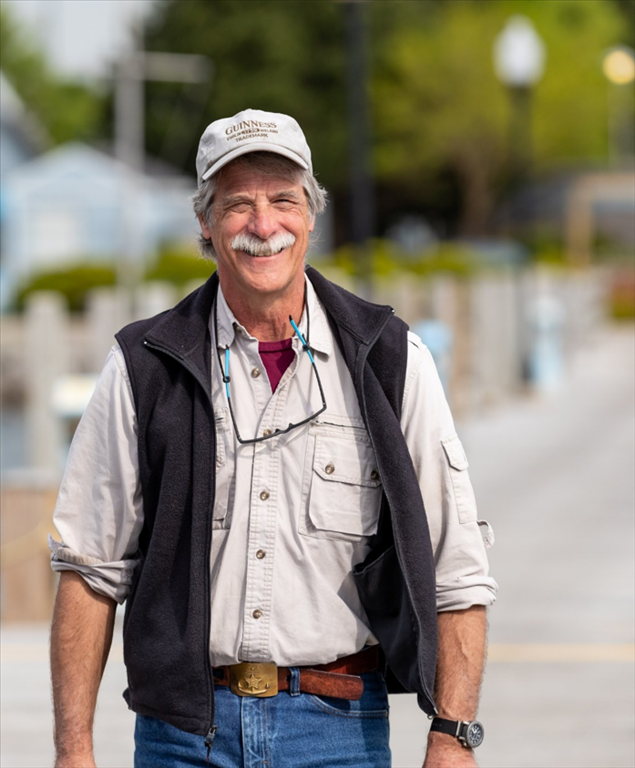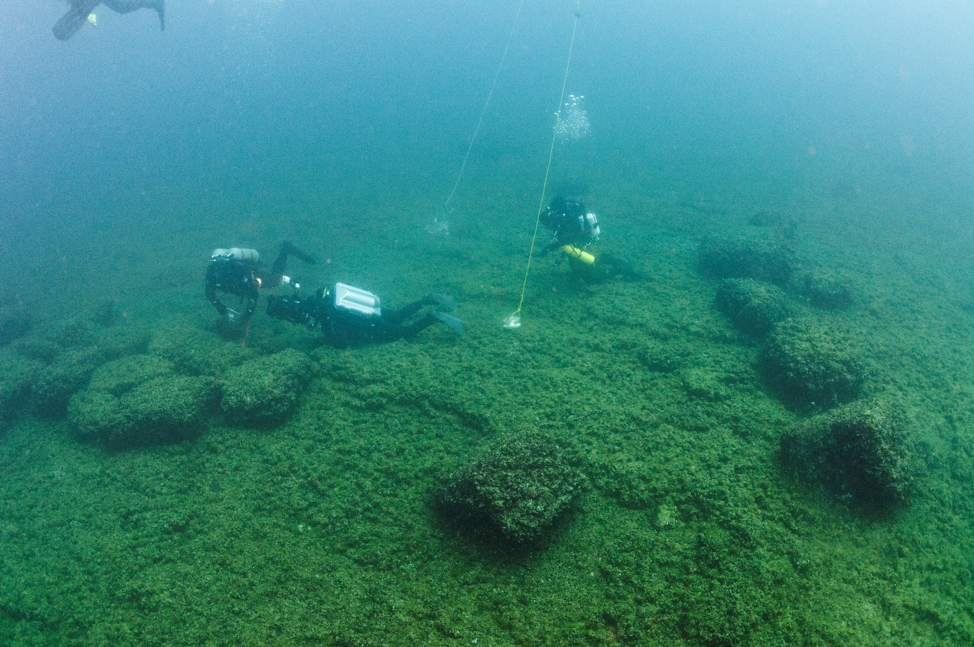7:00 PM to 8:30 PM
Dr. John O'Shea, Curator of Great Lakes Archaeology at the University of Michigan's Museum of Anthropological Archaeology, will share his research of the Alpena-Amberley Ridge (AAR), a unique geological feature that bisects the modern Lake Huron basin. During the Lake Stanley low water phase (10,000-7500 cal BP) the AAR formed a dry land corridor linking northeastern lower Michigan with south central Ontario. With the expansion of the Thunder Bay National Marine Sanctuary (TBNMS) boundaries in 2014, the American portion of the AAR now falls entirely within the Sanctuary.
Archaeological explorations of the AAR have demonstrated that it was a focus of ancient human activity during Lake Stanley times. Stone hunting structures preserved on the AAR are among the oldest dated examples on the planet and the lithic industry is unlike anything known in the Great Lakes region. The range of hunting and fishing activities is likewise novel and unlike contemporary sites on land.
Dr, O’Shea will describe both the techniques of underwater research that the University of Michigan team has developed for investigating these submerged sites and summarize some of the most recent findings surfacing from the research.


